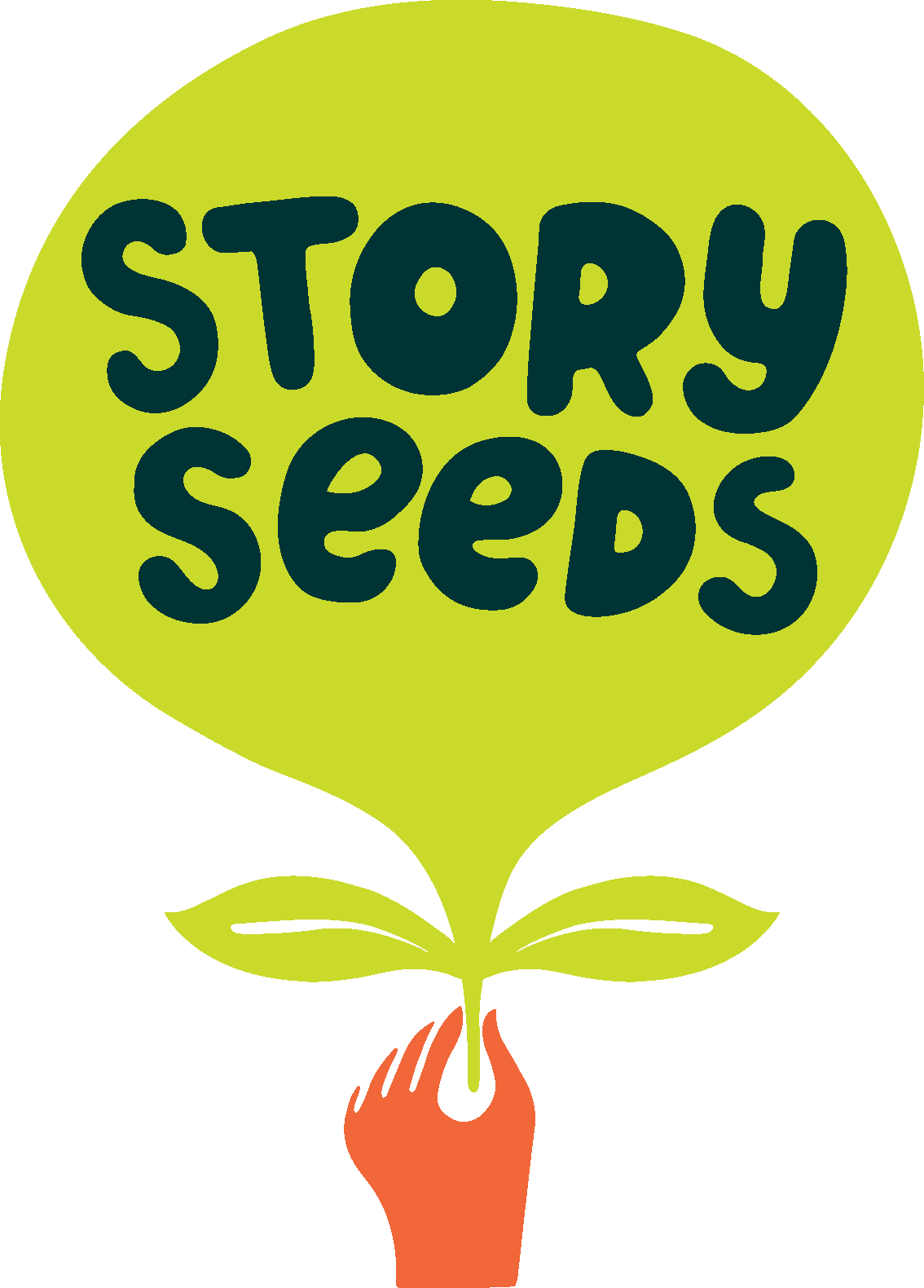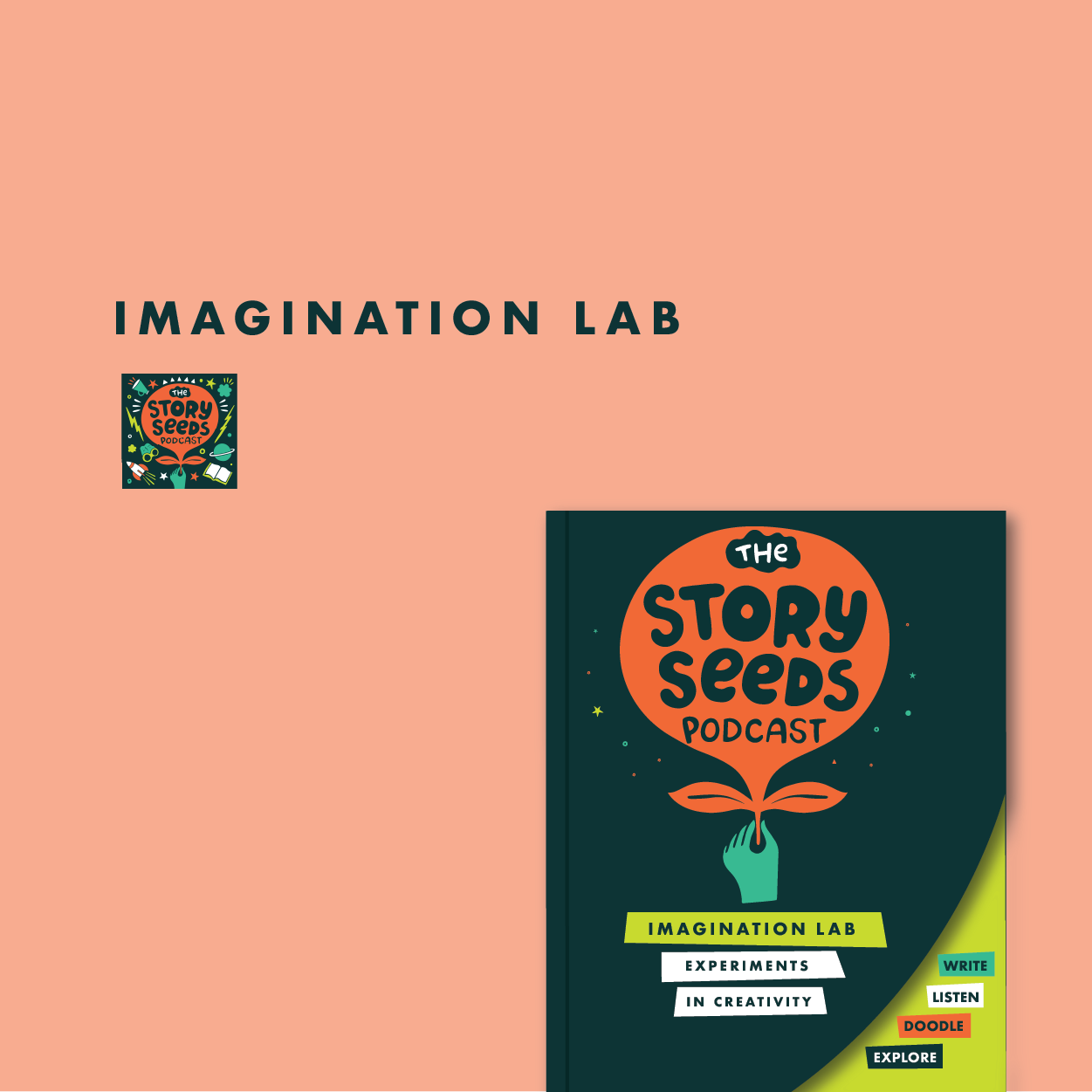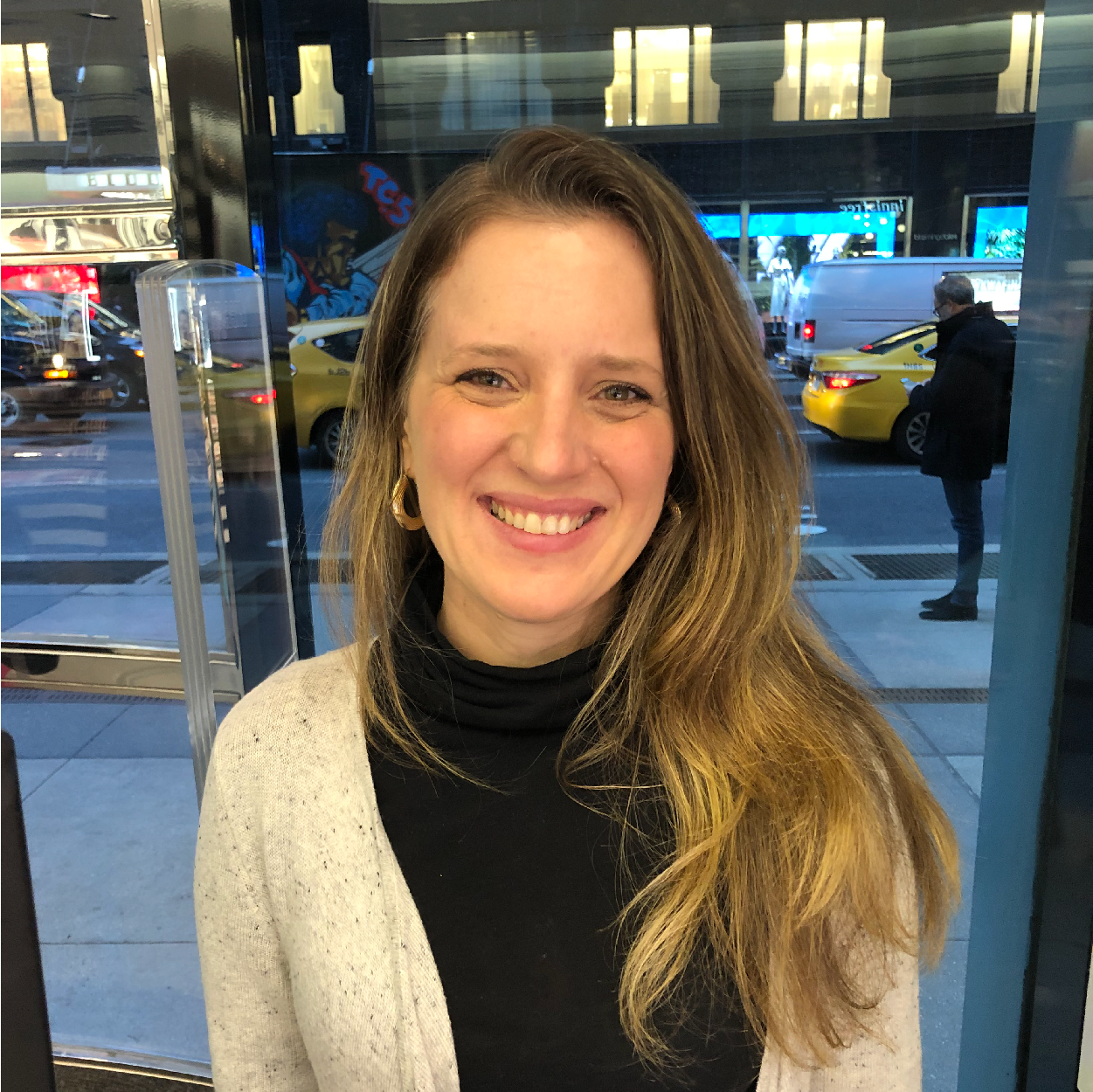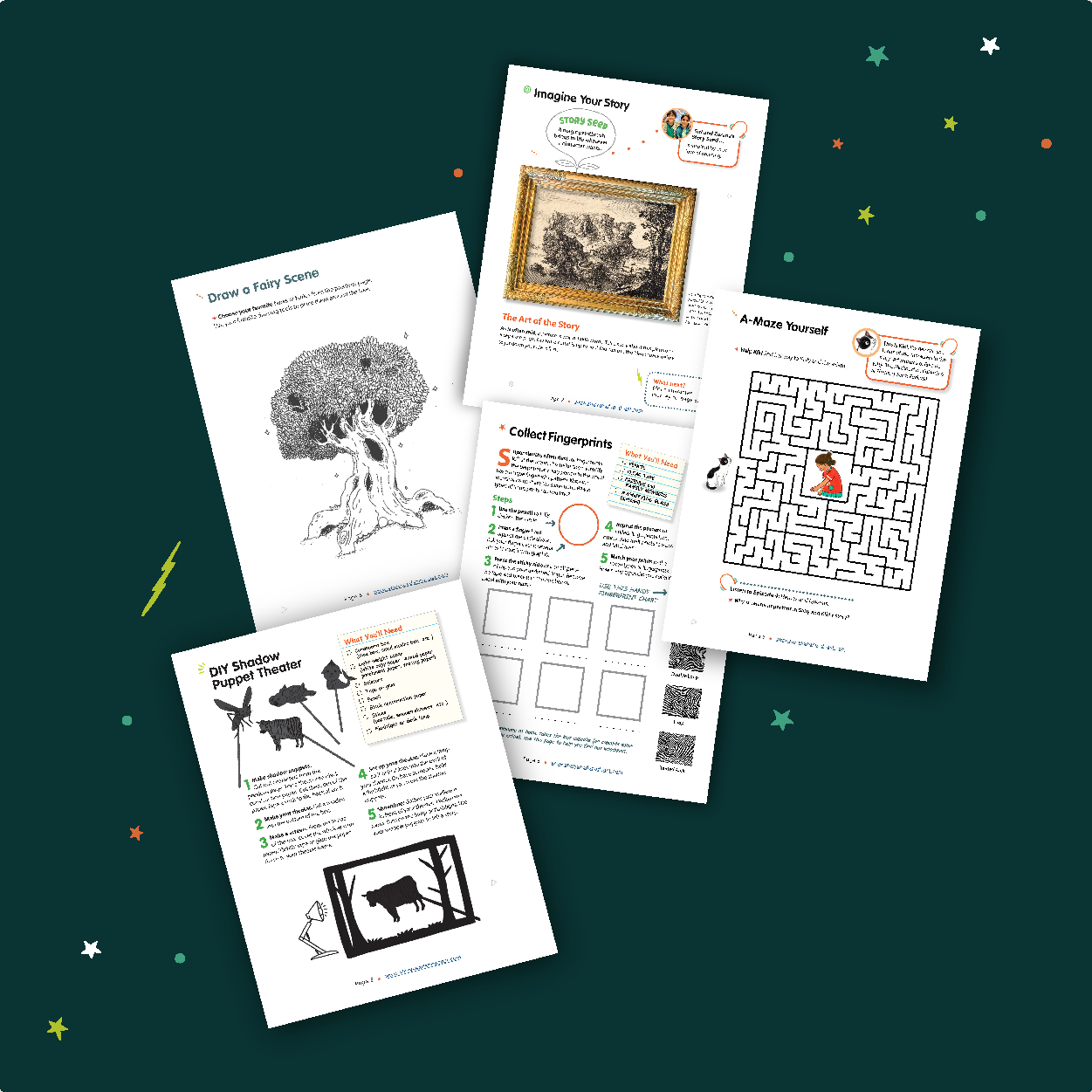Learning with The Story Seeds Podcast's Imagination Lab
Alicia Zadrozny is a literacy educator and curriculum designer. She is also the writer and curriculum designer of our Imagination Lab activity book. In this blog post, she introduces its learning opportunities and suggests some ways to use it.
My life’s most rewarding moments have arisen from reading and writing, exploring and dreaming. As a children’s media producer, I seek projects that, above all, offer a space for kids to practice joyful creativity. In my mind, the creative process is not just for artists and writers. It’s for scientists, techies, communicators, builders, keepers, and tenders as well. When we get right down to it, isn’t creativity really about seeing the world as it is and reimagining it as it can be, no matter how a person is inclined? I wanted to be on The Story Seeds Podcast team because it also shares this value.
The best way to introduce The Story Seeds Podcast Imagination Lab is to discuss how we arrived at its name. Anyone who knows the podcast easily gets the “imagination” connection; it’s at the heart of every episode. Ok, so onto the “lab” part. In its broadest definition, a laboratory is a place for one to observe, experiment, and practice in. Essentially, each episode of Story Seeds is a type of laboratory of its own, where authors and kids observe what arises from their imaginations; experiment with characters, ideas, and plots; and practice the creative process.
The goal for our activity pages was to provide a similar experience for our podcast listeners. At the most basic level, we wanted to give kids a tool to wonder, tinker, and create with. Then, COVID-19 came along with its unprecedented challenges to learning environments everywhere. All of sudden, the Imagination Lab had a new consideration—perhaps it could also help and serve as companion curriculum for at-home enrichment, distance learning, and classrooms where there’s a desire to support listening, speaking, reading, and writing standards. .
Yes, it would still be a tool for creativity. But given this new call, it needed to encompass other subject areas. And so, we made room for STEAM, social studies, and language arts content as well. We expanded our blueprint to also provide opportunities to analyze and infer, to make real-world and personal connections, to deduce and to problem-solve, and to innovate, doodle, and play.
Of course, we also wanted kids to have a place to engage in actively listening to the podcast. Research supports the benefits of audio learning. It shows that when words are spoken aloud, kids can understand and engage with ideas that are two to three grade levels higher than their reading level would normally allow. So, each e-zine includes activities and comprehension exercises that tie back to the episodes.
Let’s take a quick tour of the rooms inside the inaugural Imagination Lab activity zine to see these ideas at work. We’ll do so by giving you a walk through of the companion activities for Episode One: The Magic Seed. On the episode, author Dan Gutman and 11-year-old Hannah collaborate on a tale about a girl who finds a seed with wish-granting capabilities. We designed the Imagination Lab to offer young people an opportunity to delve into the content area of science as well as creative writing!
Imagine Your Story: We offer two pages of graphic organizers to direct kids to brainstorm, develop, and plot a story based on the same idea or “story seed” from the episode and inspired by author’s craft. As kids germinate and sprout their stories, they are building initial connections to the themes of creation, transformation, planting, growing, and thriving.
Meet a Scientist: This informational text takes kids inside the rare seed collection of a Columbia University scientist. It outlines her research methods and introduces the concept of seed dispersal. A comprehension question asks kids to draw an inference about the value of these seeds to the scientist. The page concludes with a listening exercise and research activity based on the podcast episode.
Experiment With Seeds: This page offers two opportunities for hands-on, inquiry-based learning about collecting, identifying, and sprouting seeds in the great outdoors and in their kitchens. Here, kids can interact with the concepts of seed dispersal, dormancy, the conditions needed to germinate seeds, and the origin of our food sources. The activities conclude with prompts to make a hypothesis and to make a prediction.
Draw: On this page, kids will find a sketch of a tiny seed buried in the ground. It’s up to them to draw its sprout. Perhaps they will draw a real plant inspired by the previous pages. Or maybe they’ll draw a fictional plant based on the podcast or their own stories. Either way, we hope this page helps them visually translate their learning or to even take a doodle break.
Literary Safari: This page, named after our studio, invites listeners to connect an episode to the larger world of literature and storytelling. Here, we continues the theme of planting with a retelling of “The Girl Who Scatters the Stars". This Cochito Pueblo creation myth presents a moral for kids to consider: What does curiosity lead to? A “Think About It” question prompts kids to make a personal connection to the text and the character. A listening exercise prompts kids to compare and contrast the characters from the myth and the podcast episode.
Get Published!: Our final page offers a space for kids to reflect on the process of change in their own lives. This serves as a free writing exercise, where kids can go where it suits them, whether to memoir or fiction. We made sure to include questions that will help them develop their topic cohesively.
Each episode of The Story Seeds Podcast has a set of Imagination Lab activities that are fashioned similarly, with variations according to themes, topics, and content areas. We have thought about Common Core State Standards and they have guided the creation of the Imagination Lab. But most of all, the goal for each remains the same: To support kids in following their curiosity, pursuing their creativity, and deepening their understanding of the world around them!





